The organic blockbuster: the original release of "Star Wars."
The triumph of the original Star Wars was not driven by marketing. It probably couldn't happen today.
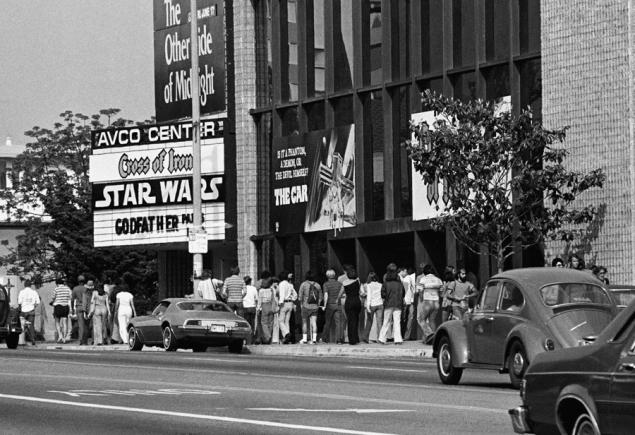
May 25, 1977 is a day well known in Star Wars lore. On this day, 46 years ago, the original Star Wars premiered in theaters. Now in the 2020s when we have so much Star Wars-related media at our fingertips, it's hard to imagine a time, not so long ago, when the premiere of a Star Wars movie was a cultural event. When The Phantom Menace appeared in 1999, fans, many in costume, camped out for tickets long in advance and huge waves of buzz online and in the press preceded it. That kind of Star Wars mania has already receded into history, but it wasn't there from the beginning. Indeed, Star Wars was an extreme rarity in the history of cinema: a truly organic blockbuster, a runaway success that surprised its creators and promoters as much as its audiences. This no longer happens in movies today, and probably will never happen again. It's interesting to examine the phenomenon as it is now, a historical artifact.
Before Star Wars was an institution and a cultural phenomenon, it was just another movie, and in the eyes of its producers not a very important one. Science fiction in the pre-Star Wars era was a niche interest that was not envisioned as a genre that could sell a lot of tickets to mainstream audiences. Big-budget SF films like Kubrick's 2001: A Space Odyssey and Tarkovsky's Solaris were more art pieces than classic science fiction. George Lucas, who had directed a SF film in 1971 called THX 1138, wanted to make a kinetic space fantasy, sort of a Western/samurai film in space with many elements throwing back to the movie serials of the 1930s and 40s on which he (and his friend Steven Spielberg) had grown up. After endless battles with producers and studios to get the picture made, Lucas finally called action in March 1976. It was made on a budget of $11 million, the equivalent of about $58 million in today's dollars--extremely cheap for a sprawling SF epic today, but a ghastly cost for skittish producers at Twentieth Century Fox who had little hope that the picture would find an audience.
Originally scheduled for release in December 1976, post-production delays dragged out the premiere to the following spring. Fox decided to premiere the film just before Memorial Day to get it out there before summer movies the studio thought would be much more successful, like car-crash comedy Smokey and the Bandit and Exorcist director William Friedkin's action epic Sorcerer, began their runs. The distributors had to coerce theaters into exhibiting Star Wars by threatening to withhold future productions the theater owners wanted more if they didn't also book the strange little space movie. But even with this strong-arm tactic, only 32 theaters in the entire United States had ordered prints of Star Wars for the May 25 opening. Amazingly, George Lucas forgot that the picture was opening that day. After spending the morning of May 25 working, he went out to lunch with his wife Marcia, also an editor on the film. They drove by Mann's Chinese Theater in L.A. and saw a long line of people queued up to see the movie. The Lucases were astonished to learn that the crowd had turned out for their film. This is the legend, anyway.
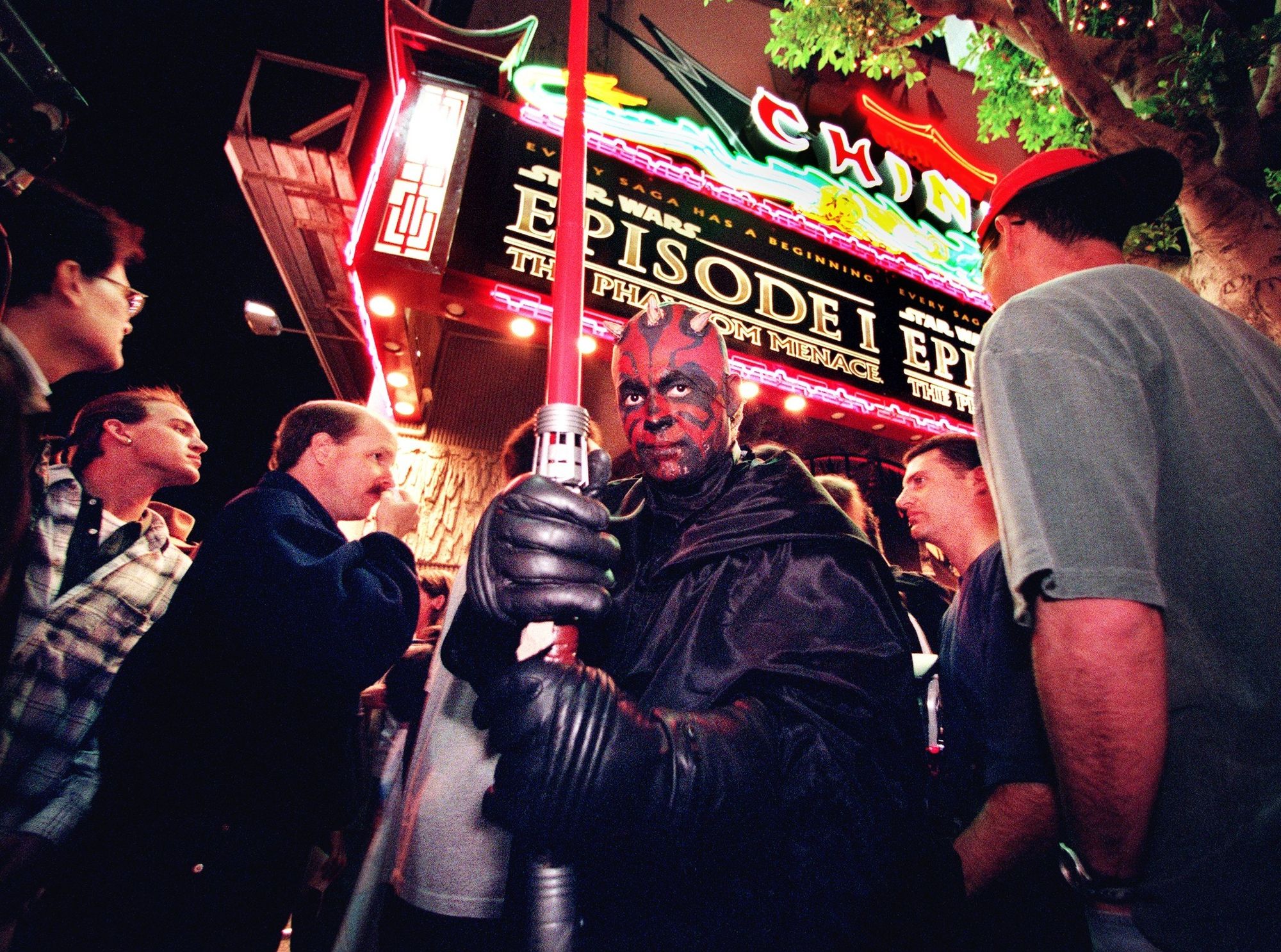
Throughout the summer of 1977, Star Wars broke all records then existing in the film industry. Theaters suddenly clamored for prints and added extra showings, some in the wee hours of the morning, to accommodate viewer demand. Some theaters ran the picture until their prints literally broke or fell apart under the strain. The original promotion campaign for Star Wars was a shoestring affair because the studio didn't think it was worth it; now suddenly they began promoting the film like the jewel in the crown, which it quickly became. Twentieth Century Fox's stock price doubled by the end of June and investors in the film were rolling in dough. The merchandising--especially toys, developed by a formerly unknown toy company called Kenner--began to take off. Lucas would say in later years that selling the merchandising rights to Star Wars to Kenner for a song cost him a billion dollars. The previously unknown stars of the film, Hamill, Carrie Fisher and Harrison Ford, were suddenly household names whose agents were flooded with offers. And Star Wars entered popular culture the world over, with nearly everybody in the Western world--and a lot of people outside of it--knowing what Wookies and Jawas were and recognizing instantly the image of quarrelsome robots C3P0 and R2D2. Today these stories seem like ancient Greek myths. Everyone knows them, but nobody can really picture them happening. It's hard to wrap one's 21st-century head around what an unexpected oddity the film was at the time.
In the decades after 1977 movie studios constantly tried to recreate the incredible mojo of Star Wars's epic first run. Before the rise of streaming services and especially the pandemic era, which completely remade the ways in which major motion pictures were distributed and consumed, studios spent the equivalent--or more--of a film's whole production budget to promote a movie and build buzz before its release. This still happens today of course, though the segment of the population that will actually go out to watch a film in the theater is considerably smaller than it was in the 2000s and 2010s. Sometimes studios' buzz-building projects backfire; would-be blockbusters often have to face the headwind of audience backlash because the public is already tired of them before they even come out. Furthermore, studios think they can predict what will or should be a monster blockbuster, but they're not as good at it as they think they are. Most blockbuster films are now built for the Chinese and other overseas markets. What appeals to those audiences is to some degree predictable, but never entirely so. Studios still often behave as if there's a magic talisman out there that, when invoked properly, will turn a film into a Star Wars-style runaway hit. It doesn't often work.
The premiere of Star Wars is fun to think about because it suggests, whether it is empirically true or not, that audiences still have the final say over whether a picture is successful. Star Wars was a truly organic blockbuster, one that was not built of pushy advertising or clever marketing stunts, and it became a hit only because it was a film that struck audiences with genuine sincerity. That sort of thing happens once in a generation, but rarely more often than that. Maybe there will never be another truly organic blockbuster. The film industry simply doesn't work this way anymore. Perhaps the marketing and advertising departments have leached the possibility of an organic blockbuster out of our culture forever. If true, that's a loss. I suppose time will tell.
The Value Proposition
Why should you be reading this blog, or receiving it as a newsletter? This is why.
☕ If you appreciate what I do, buy me a virtual coffee from time-to-time to support my work. I know it seems small, but it truly helps.
📖 You could also buy my newest book.
🎓 Like learning? Find out what courses I’m currently offering at my website.
📽 More the visual type? Here is my YouTube channel with tons of free history videos.
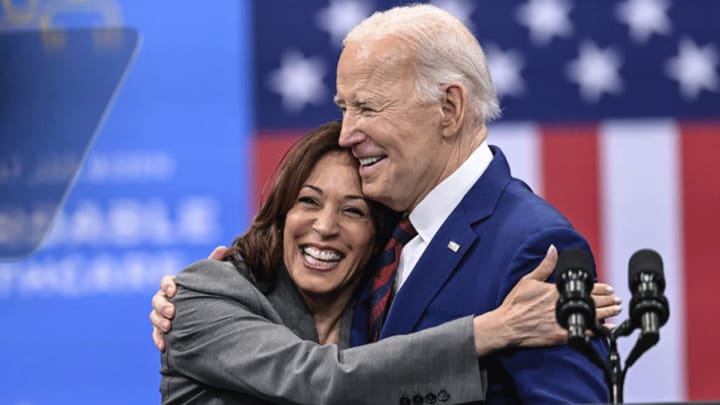
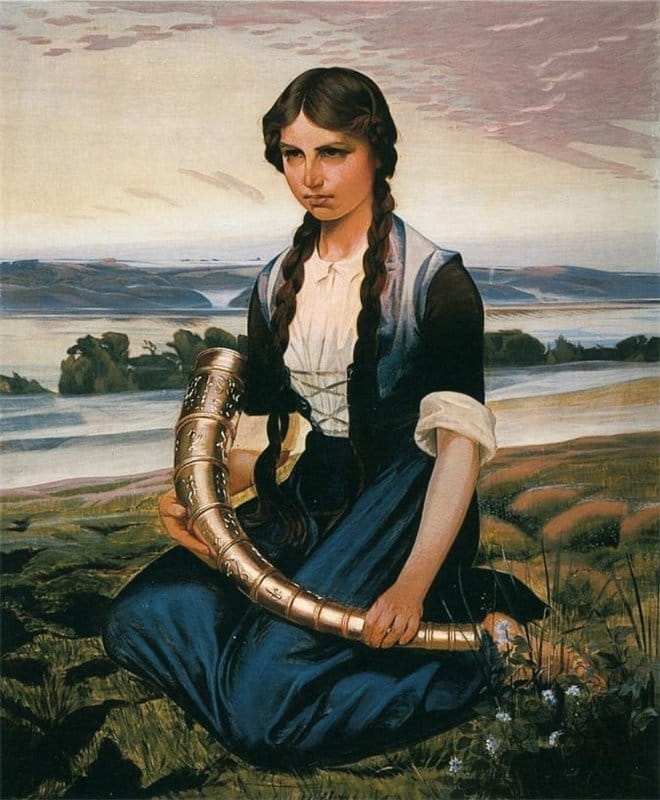
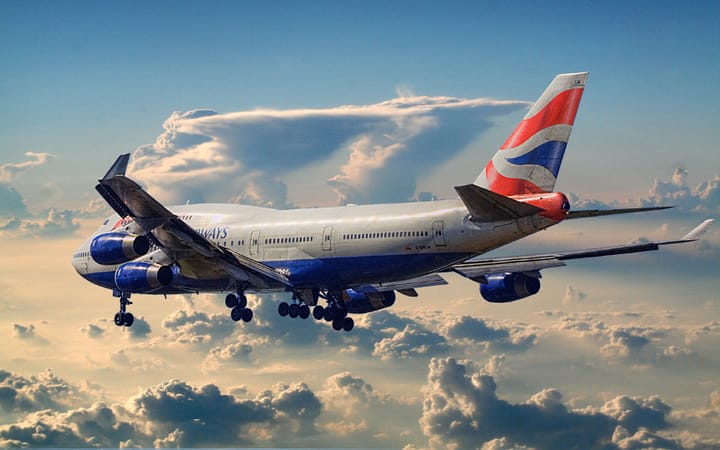
Comments ()